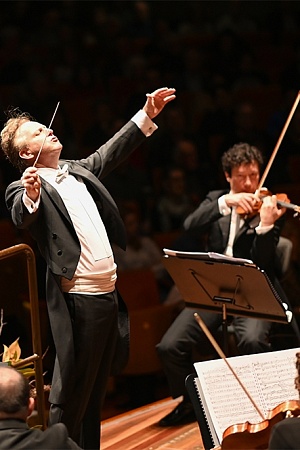Beethoven Festival
.jpg)
A dominant seventh of F resolving onto an F major chord (a perfect cadence); a dominant seventh of C resolving onto an A minor chord (an interrupted cadence); a dominant seventh of G resolving onto a G major chord (another perfect cadence): thus begins Beethoven’s Symphony No. 1 in C major. The audience at that first performance on 2 April 1800 must have been puzzled, at least. Cadences traditionally conclude phrases, sentences, sections, movements; but Ludwig van Beethoven is using three of them in succession to introduce himself to the world as a symphonist. Moreover, the opening chord is already foreign to the key of C, and all chords feature the wind section of the orchestra, quietly supported by pizzicato strings, whose players take up their bows only upon reaching the G chord.
Continue reading for only $10 per month. Subscribe and gain full access to Australian Book Review. Already a subscriber? Sign in. If you need assistance, feel free to contact us.















Leave a comment
If you are an ABR subscriber, you will need to sign in to post a comment.
If you have forgotten your sign in details, or if you receive an error message when trying to submit your comment, please email your comment (and the name of the article to which it relates) to ABR Comments. We will review your comment and, subject to approval, we will post it under your name.
Please note that all comments must be approved by ABR and comply with our Terms & Conditions.